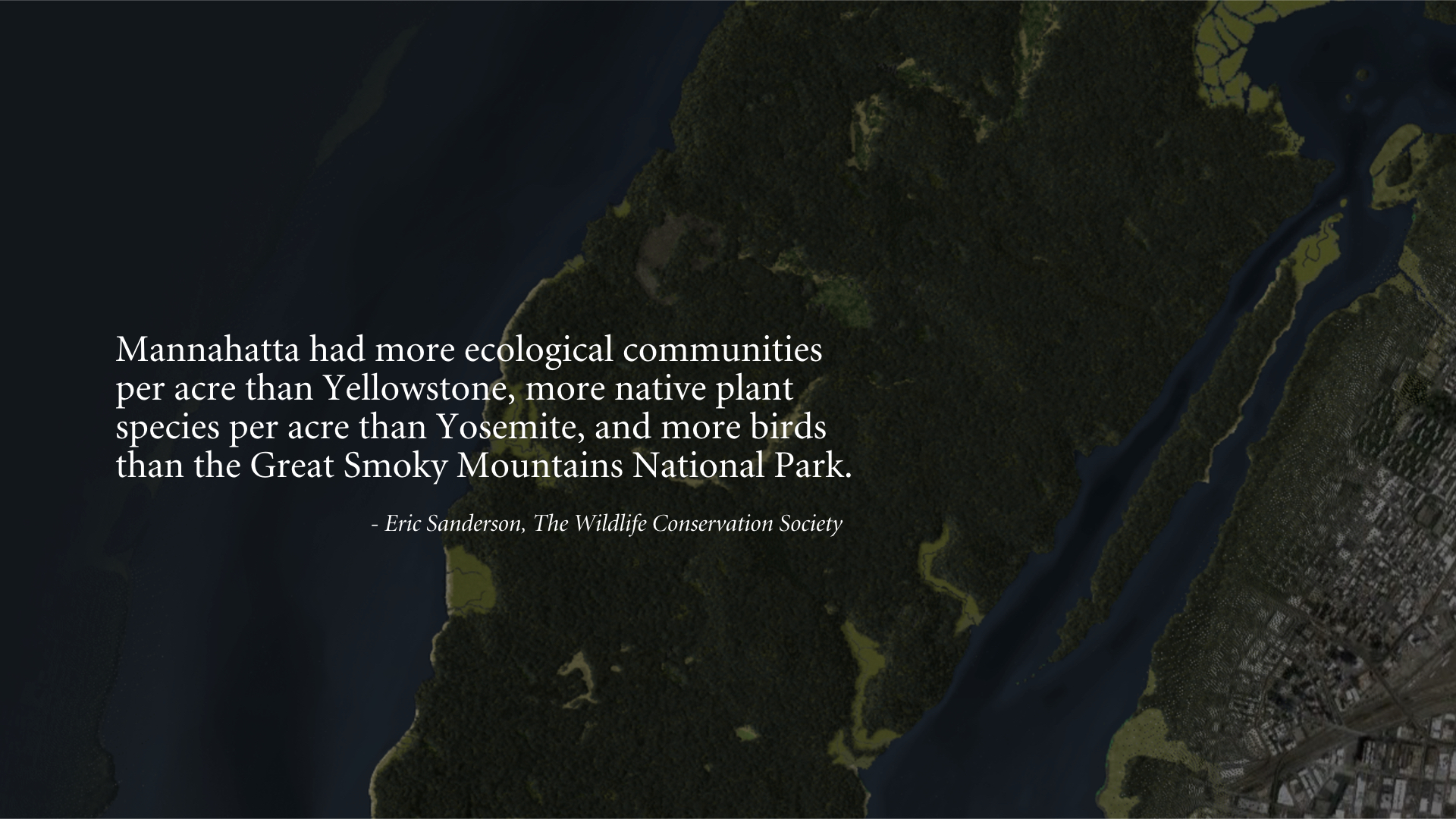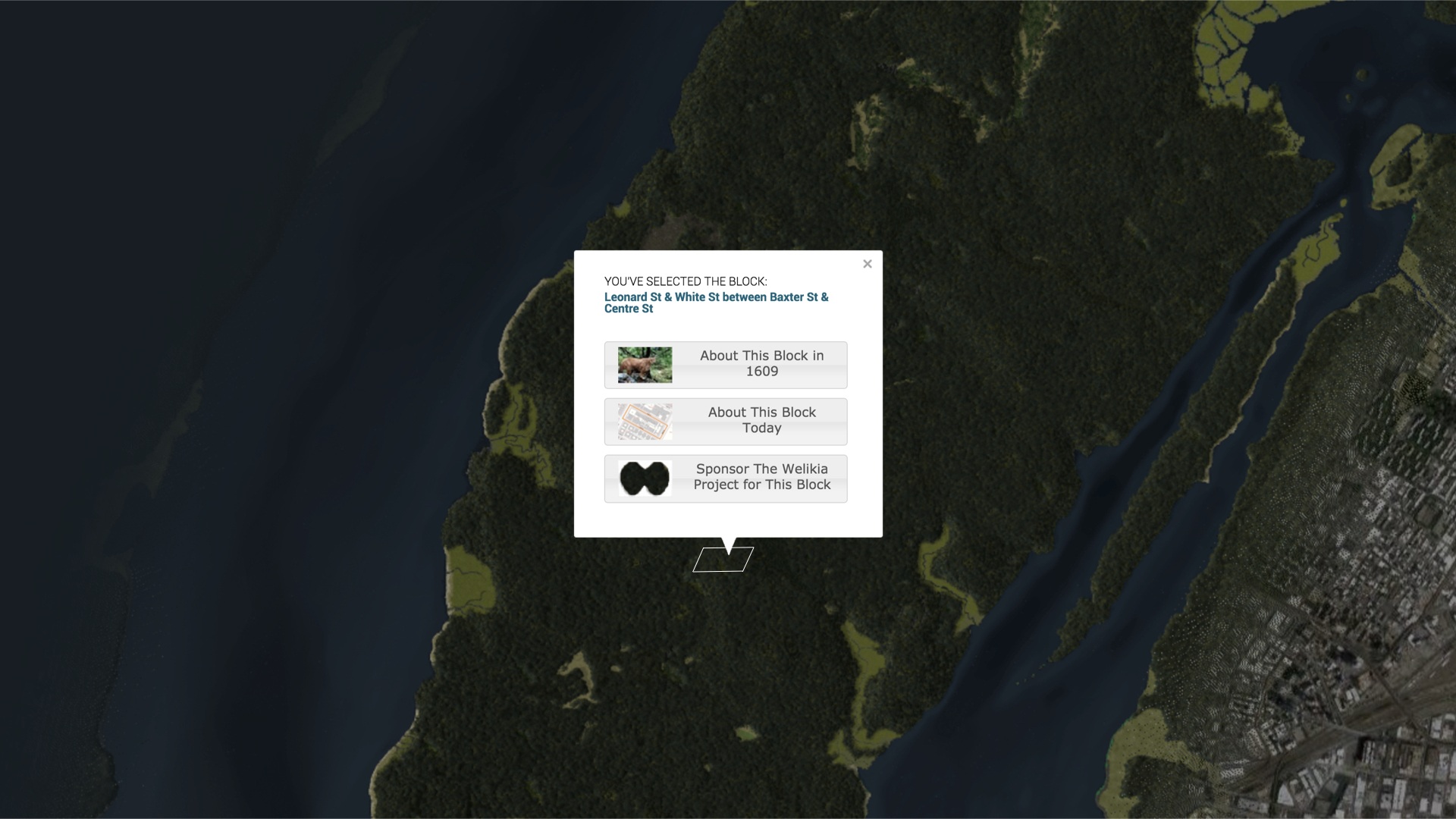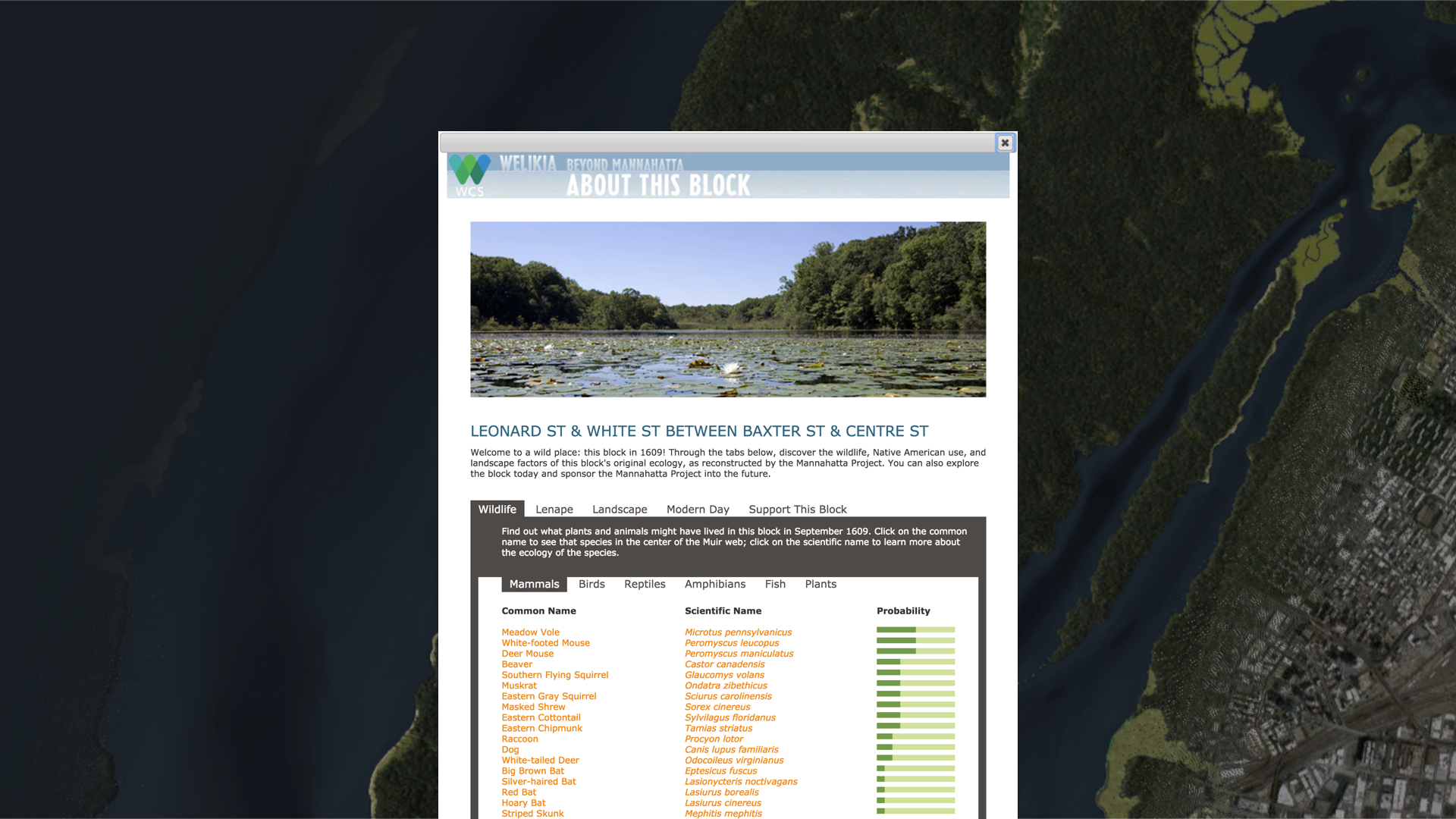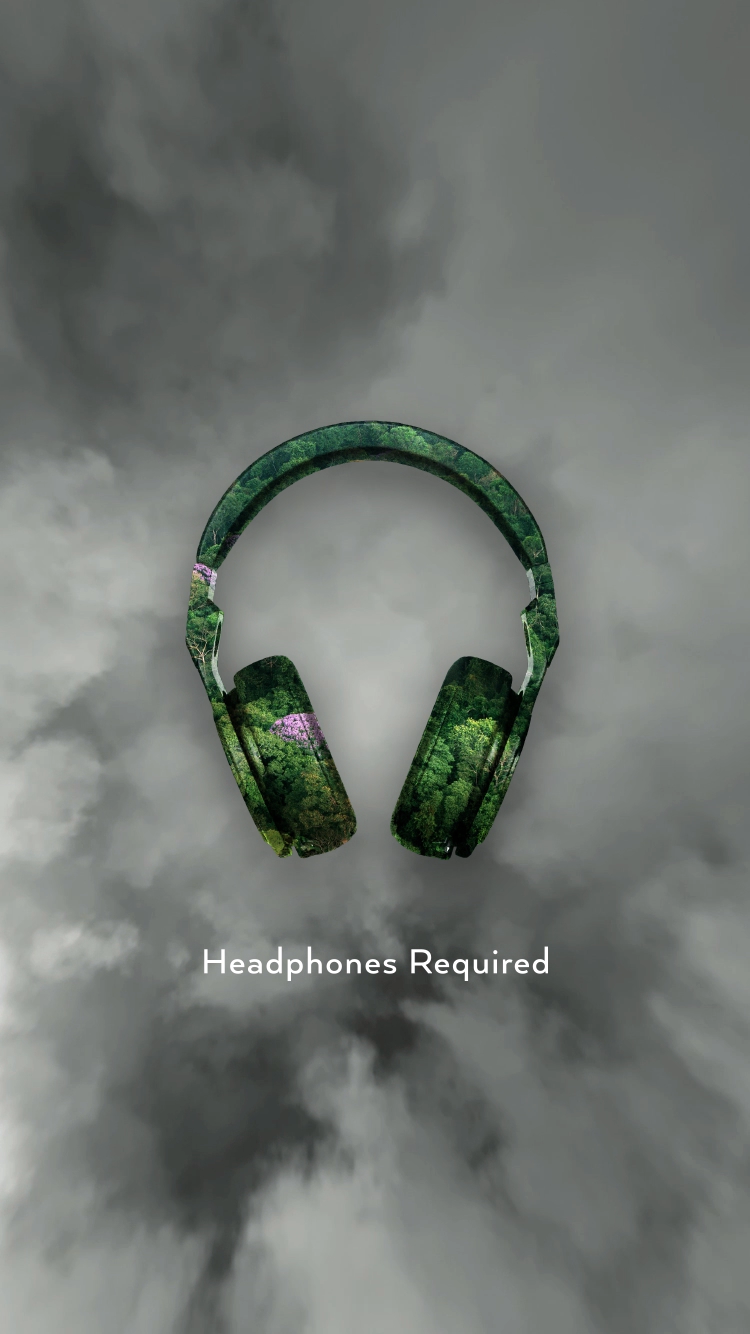Calling Thunder
How might design-driven storytelling enable more memorable experiences around natural history?
Overview
Calling Thunder explores the unsung history of New York through spatial audio and mobile VR. Users are transported through a series of interactive soundscapes that compare today’s urban cacophony to the vibrant ecosystems Henry Hudson would have encountered in 1609.
The narrative considers Manhattan’s past to address its future: unearthing wonder in the green pockets of our city.
SCOPE
January - April 2017
Role: Creator (design, direction, and development)
Collaborators: Bill McQuay (Cornell Lab of Ornithology); Eric Sanderson (Wildlife Conservation Society); and narrator Emily Kron
Sponsored by A+E Networks
Coverage
Mobile UI
Process / Details
We are using 3D and directional-audio technology to create an immersive and memorable learning experience. Unlike traditional approaches to natural history storytelling, which rely on passive methods of inspiring awe and communicating information, this story aims to provoke deeper listening and active engagement.
Users journey through four locations in New York City: Collect Pond Park, the High Line, The American Museum of Natural History, and Inwood Hill Park. Content responds to users’ locations and movements, directing their attention west to the Hudson River or north to the calls of migrating birds. Leveraging mobile VR technology, we can encourage focused listening and offer a captivating educational experience.
Exploring narrative approaches to UI in VR
As a Storytelling Fellow with A+E Networks, I developed a platform for the story, worked with Dr. Eric Sanderson to craft a narrative using his research, prototyped and designed interactions for audio-driven mobile VR, and published the first phase of the project at unsung.nyc.
I collaborated with Bill McQuay at the Cornell Lab of Ornithology to re-create the soundscapes and produce the ambisonic environments.
Building ambisonic soundscapes for Collect Pond in 1609 with Bill McQuay
Featured on the homepage of www.cornell.edu
Inspiration
Dr. Eric Sanderson and the Wildlife Conservation Society have led efforts to map New York's ecological past. The Welikia Project has been an inspiration and invaluable resource in developing this story. The interactive map allows users to examine the likely flora, fauna, and human inhabitants of a given NYC block in 1609, comparing that environment to its current state.



Ixd 2017 Presentation
Presenting Unsung.NYC at SVA's 2017 MFA Interaction Design thesis festival: Wonderful Behaviors












